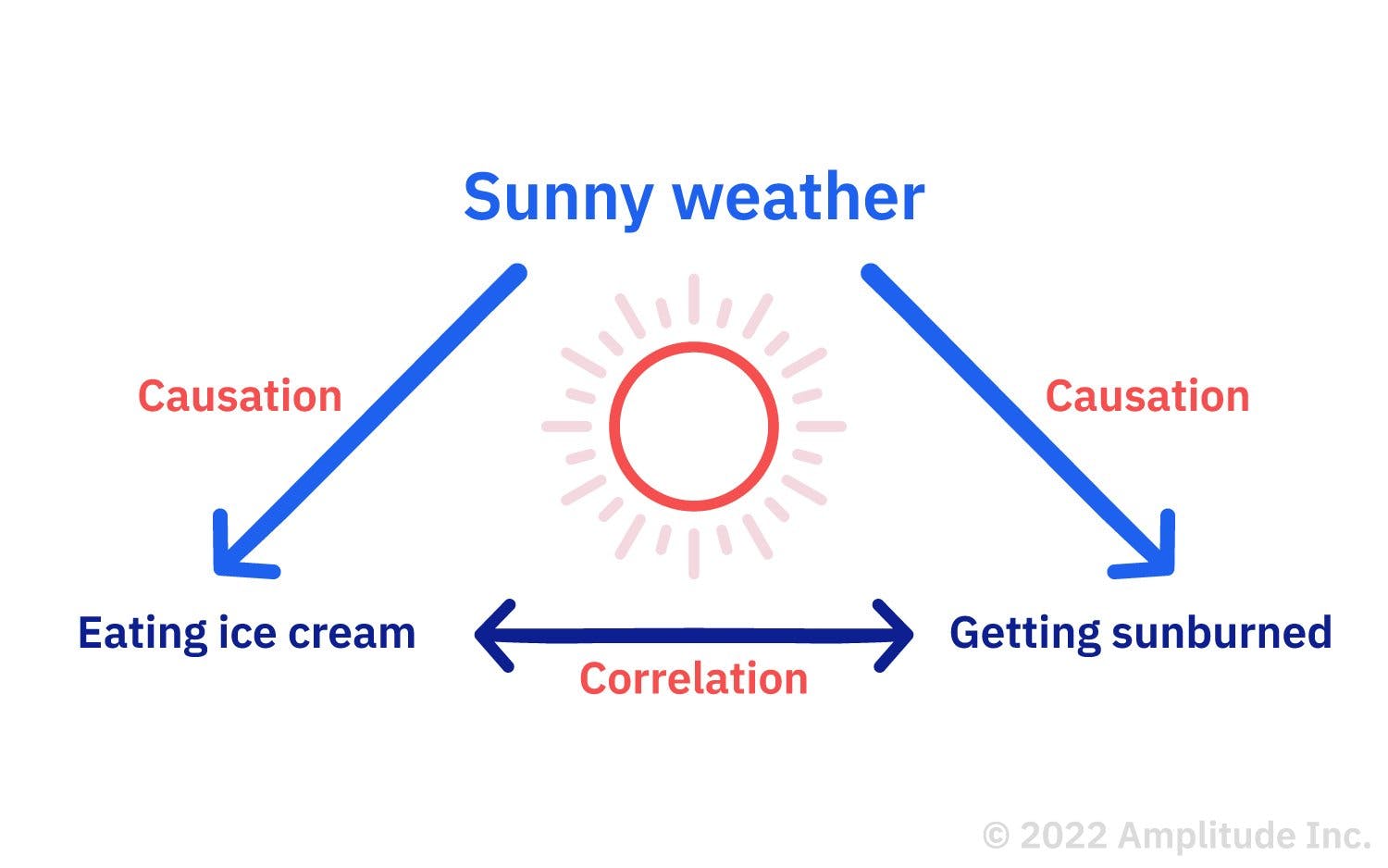Then do the calculations and show what the correlation coefficient actually is.
I think that you may find that correlation isn’t as strong as you imagine. No one is saying that it is “zero,” but it’s hardly as decisive or as correlative as you seem to suggest.
I looked at the 247 Top 50 recruiting classes. I do indeed see “high endowment” schools represented on that list…but I see almost as many schools represented that aren’t super high.
Hell, West Virginia’s recruiting class ranked higher than Stanford’s, which barely made the Top 50, despite having BY FAR the largest endowment in FBS, one that is about 38 times higher than WVU’s.
There are several schools with far smaller endowments than UH that ranked way higher on that recruiting list, and that’s likely due to having better NIL despite their endowments. Endowment simply wasn’t a factor in that.
Again…endowment funds are typically used to fund research, fund faculty chairs and pay tenure track professors, pay for scholarships, and perhaps help fund certain aspects of infrastructure. That money mostly goes into investments that generate income for the university to do exactly that.
NIL, by contrast, is a completely SEPARATE pot of monies that isn’t even really related, much less “correlated” to endowments. In many cases, NIL involves direct payments to athletes for their participation in advertising, promotions, endorsements, etc. In the near future, it might literally and openly be “pay for play.” It doesn’t always involve investments to generate money for the school the way that an endowment would, and in the near future, the way things are headed, may simply be a direct handout to a jock from a wealthy fan.
Truly a DIFFERENT animal.
In the end, I am guessing that being in a P2 conference and having a large loyal fan base is FAR MORE “correlative” with NIL power than having a large endowment would be.
